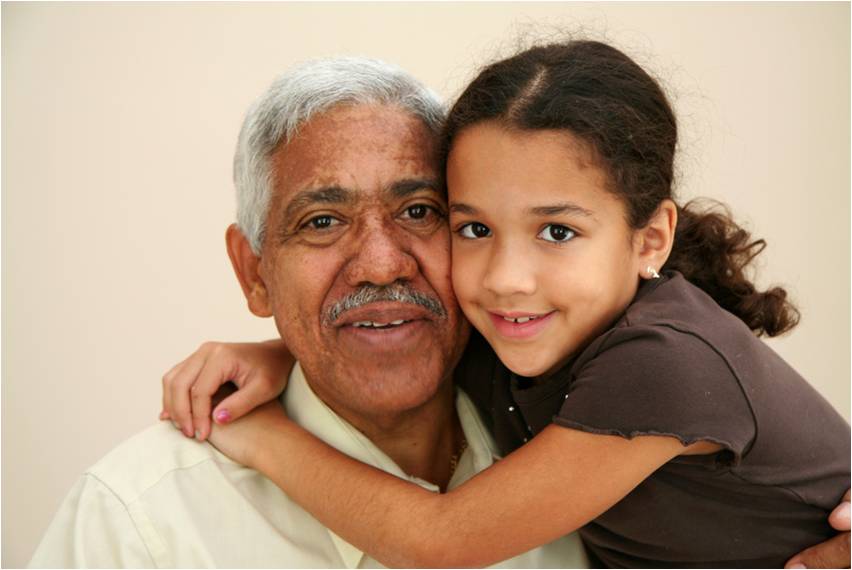You may be asking yourself: What kind of question is that? As I see it, you can make the case for it. Peers can be peers for a whole host of reasons. It may involve age, gender, profession, race, common interest, or in the case of kids and seniors, it’s the way in which they see the world.
The natural connection between them is undeniable. We’ve all seen it. For my money, it’s because they are two sides of the same coin who speak a common language. One is informed by innocence, while the other is guided by wisdom gleaned from a lifetime of experiences. The very young and very old see the world with a level of clarity that we as “grownups” only deign to see. They understand what matters in life in ways we cannot and, because of this, they share a special understanding and an extraordinary bond.
Ever wonder what happens to us during all those years in the middle? How do we go from being wide-eyed innocents to cynics to being wise (again)? Why do we make life so complicated during the in-between years? Why do we work so hard to learn so much only to realize that we know so little? It’s what e.e. cummings described in his poem, “all ignorance toboggans into know.” Here, cummings tells us that we actually strive to achieve ignorance, only to toboggan down the hill to wisdom again. It seems there should be a way to avoid this senseless journey.
Now that said, we know people who are exceptions to the rule. The very best leaders I’ve ever met, for example, certainly fall into this category. I’m not sure if they’re tapping into their inner child or just wise beyond their years, but they enjoy a special quality that most people don’t possess. They can extract clarity from complexity with astounding ease and connect the dots in ways most of us just can’t.
Tell us about a person you know who’s older than 10 and younger than 70 who is managing to avoid the roller-coaster ride from innocence to wisdom. Better yet, ask them how they did it and share their secret with everyone!

